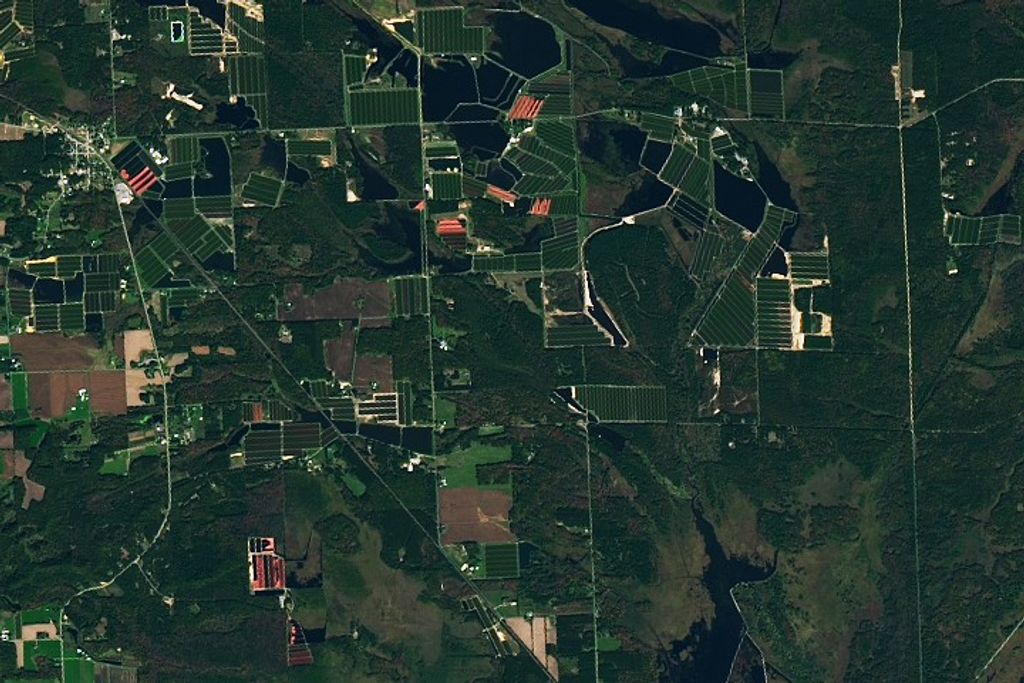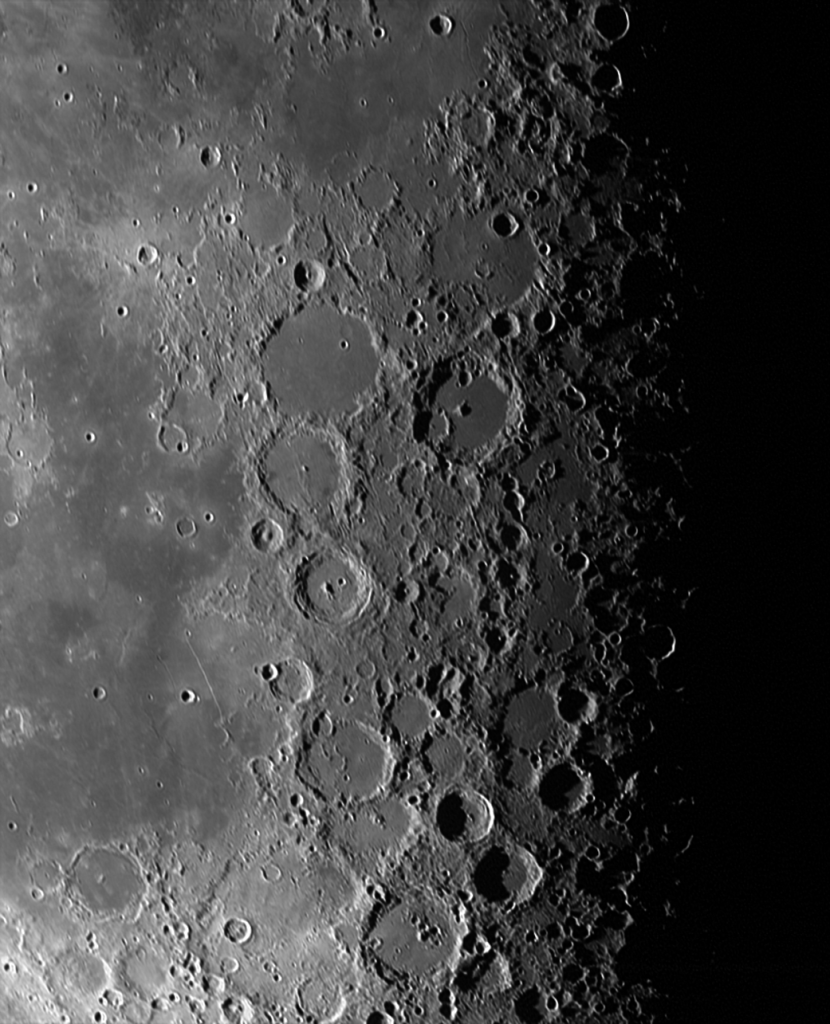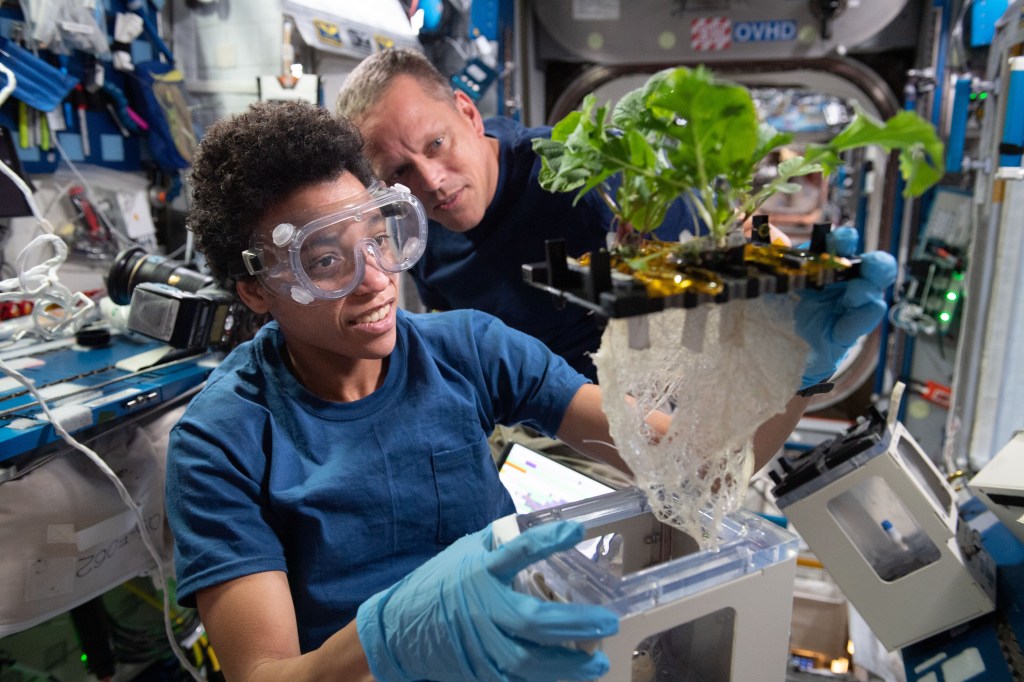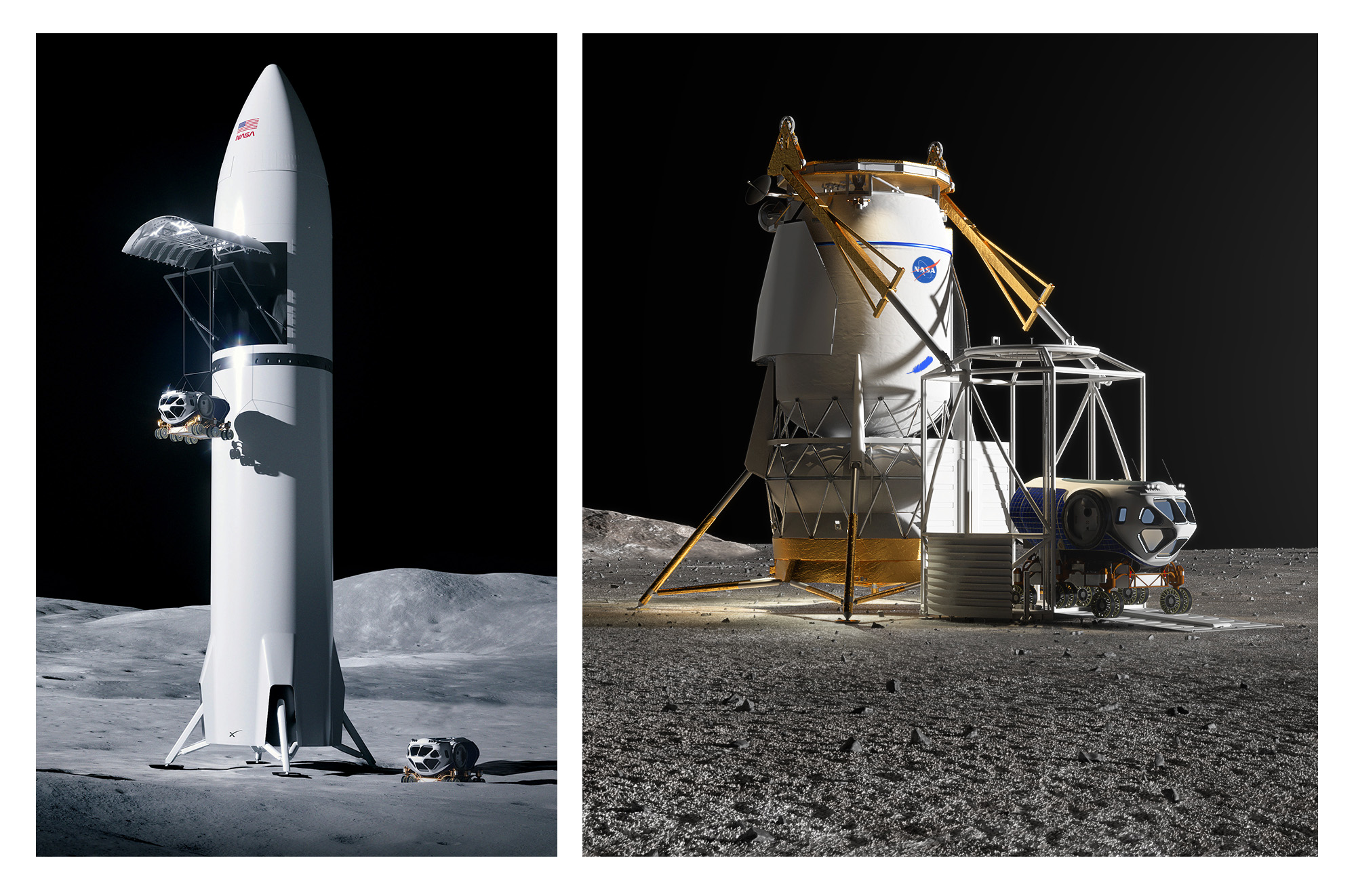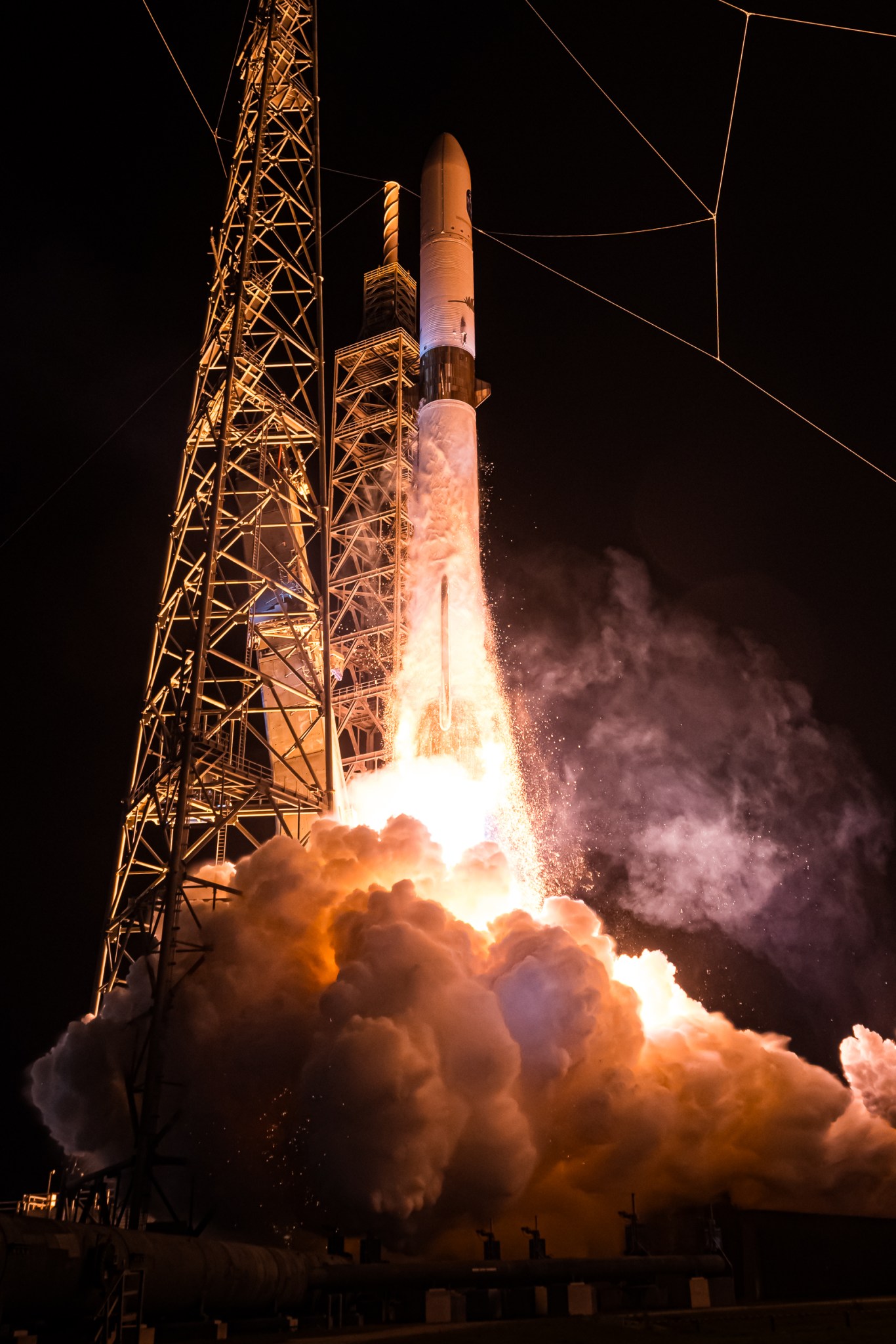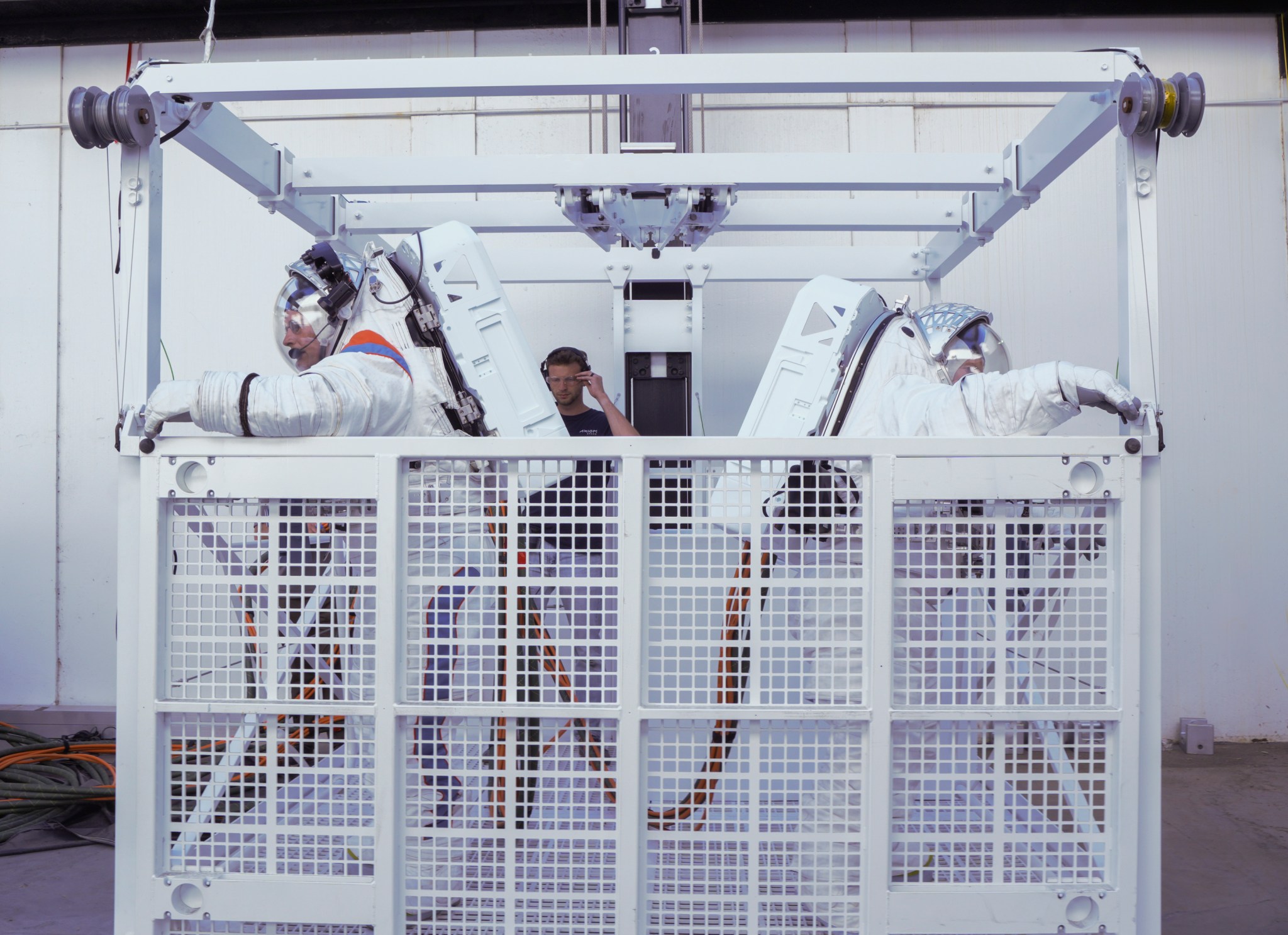Human Landing Systems
Landing on the Moon and Mars

NASA’s Human Landing System (HLS) Program is working with two U.S. companies to develop landers that will safely carry astronauts from lunar orbit to the surface of the Moon and back throughout the agency’s Artemis campaign: SpaceX for Artemis III and Artemis IV, and Blue Origin for Artemis V.
Beginning with Artemis III, the lander will be launched uncrewed to lunar orbit to wait for the crew. Launching atop NASA’s SLS (Space Launch System) rocket, the Orion spacecraft will bring the astronauts from Earth to the lander in lunar orbit. A crew of two will transfer to the lander from Orion and descend to the Moon’s surface. For later crewed missions, astronauts will use NASA’s Gateway
lunar space station for crew transfer.
For early Artemis missions, the landers will also serve as living quarters for the astronauts while on the Moon. The crew will collect samples, perform science experiments, test new technologies, and observe the Moon’s environment. When the surface mission concludes, the crew will return to lunar orbit in the lander to meet up with their crewmates and head home to Earth in Orion.
Partnering with U.S. industry bolsters the American space economy and industrial base while reducing costs to taxpayers. NASA shares its knowledge and expertise with both SpaceX and Blue Origin and maintains oversight of safety while the companies develop, test, and mature their lander designs. NASA also formally collaborates with industry through task agreements that provide engineering expertise and unique facilities to help solve some of human spaceflight’s most challenging issues.
Leveraging NASA’s unique and historic experience in lunar exploration, paired with the speed and innovation of industry, the HLS Program is providing the key lunar landing capability for Artemis to achieve a long-term human presence in deep space.
Innovative Landing Systems
NASA is working with SpaceX to develop a lunar lander version of the company’s Starship to carry astronauts from lunar orbit to the Moon’s surface and back during Artemis III. For this mission, the Starship HLS will dock directly with Orion in lunar orbit.
For the Artemis IV mission, NASA is working with SpaceX to further develop the Starship HLS to meet an extended set of requirements, such as docking with Gateway for crew transfer and landing more mass on the lunar surface.
In order to ensure a robust landing capability, NASA is also working with Blue Origin to develop a crewed lunar version of the company’s Blue Moon lander. The Blue Moon HLS will be used during the Artemis V mission and will meet the same set of requirements as the Starship HLS for Artemis IV.
Large Cargo Delivery Landers
In addition to the landers that will be used for astronauts, the HLS program is also working with its industry providers to develop cargo versions of their crew landers to deliver large pieces of equipment and infrastructure, such as rovers and habitats, to the Moon’s surface in support of exploration.










